Vascular injury in orthopedic surgery: a comprehensive review of risks and prevention strategies
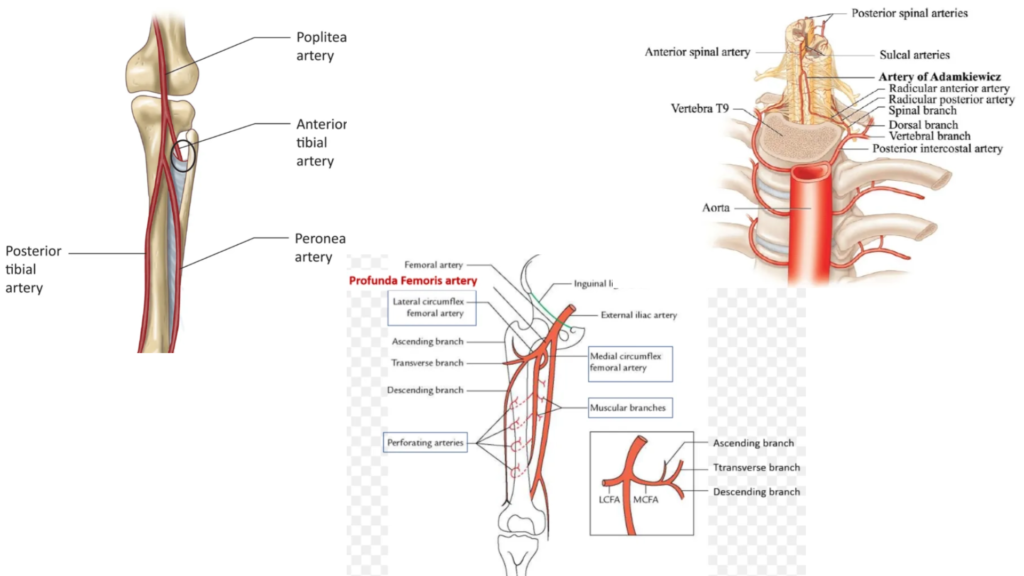
Orthopedic surgery, though transformative for patients suffering from musculoskeletal disorders, carries an inherent risk of vascular injury. While relatively uncommon, these complications can have devastating consequences, including limb loss and even death. This article provides a detailed review of the types of orthopedic surgeries most susceptible to vascular injury, the mechanisms underlying these injuries, and […]
Beware of vascular injury in orthopedic trauma: diagnosis and treatment
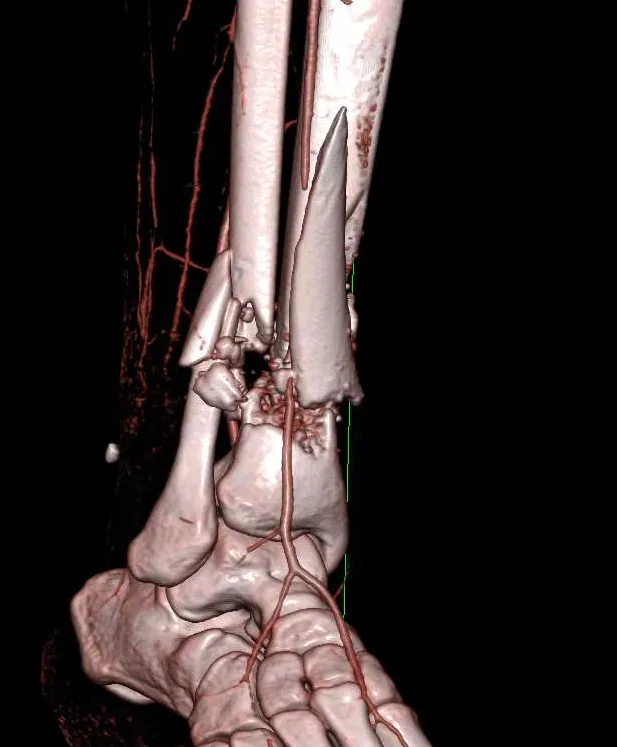
Vascular injury in orthopaedic trauma References: Disclaimer:This article and all articles on this website are for reference only by medical professionals; specific medical problems should be treated promptly. To ensure “originality” and improve delivery efficiency, some articles on this website are AI-generated and machine-translated, which may be inappropriate or even wrong. Please refer to the […]
Ten aspects of failed internal fixation of femoral shaft fractures: detailed causes and prevention
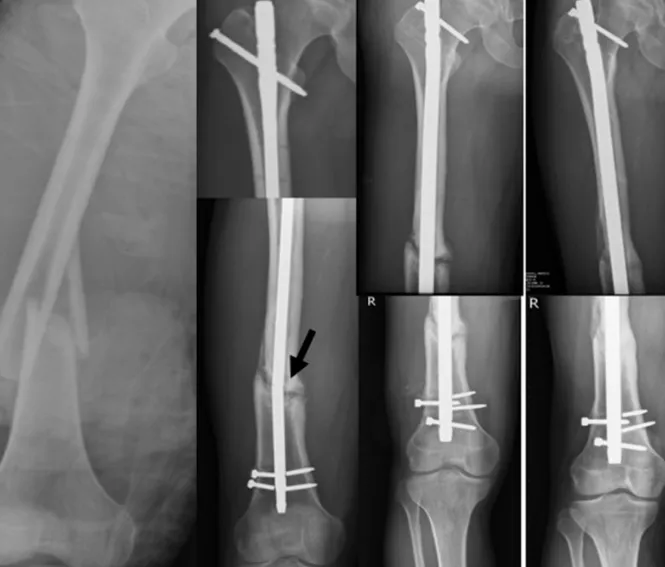
Today, let’s delve deeper into the causes and preventative measures for internal fixation failure in femoral shaft fractures: 1. Patient Factors: 2. Cerclage Wire Use:2. 3. Cerclage Wire Placement: 4. Screw Placement in Intramedullary Nailing (IMF): 5. Screw Placement in Plate Osteosynthesis (PO): 6. Choice of Implant and Fixation: 7. Technical Errors During Surgery: 8. […]
Analysis and selection of advantages and disadvantages of various treatment methods for multi-segmental tibial fractures
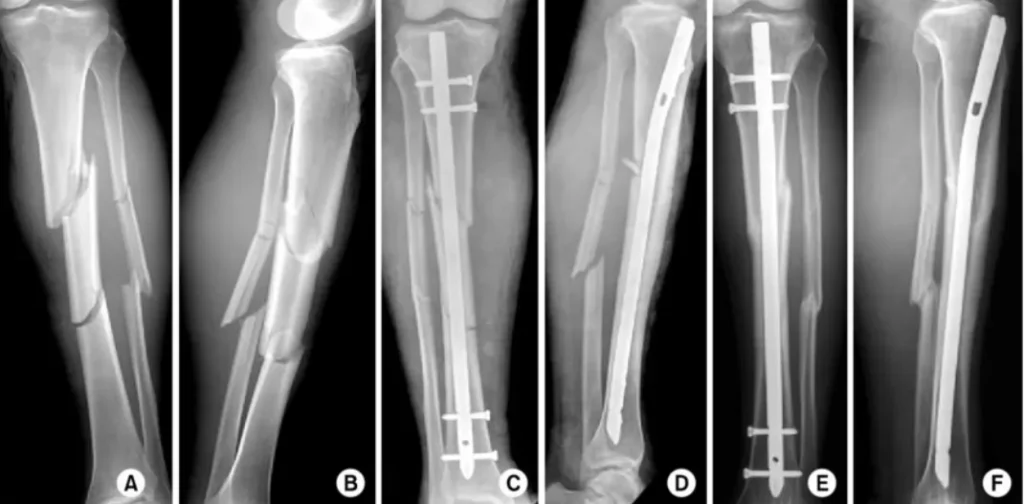
Segmental tibial fractures are complex injuries involving two or more distinct fracture lines and a free-floating middle fragment. This complexity demands a multidisciplinary approach and careful consideration of various factors when deciding on the optimal treatment. Here’s a breakdown of common treatment methods and their pros and cons: 1. Non-operative Treatment: 2. Surgical Treatment: a) […]
Be careful! There are these dangerous points in the internal fixation surgery of proximal humeral fracture
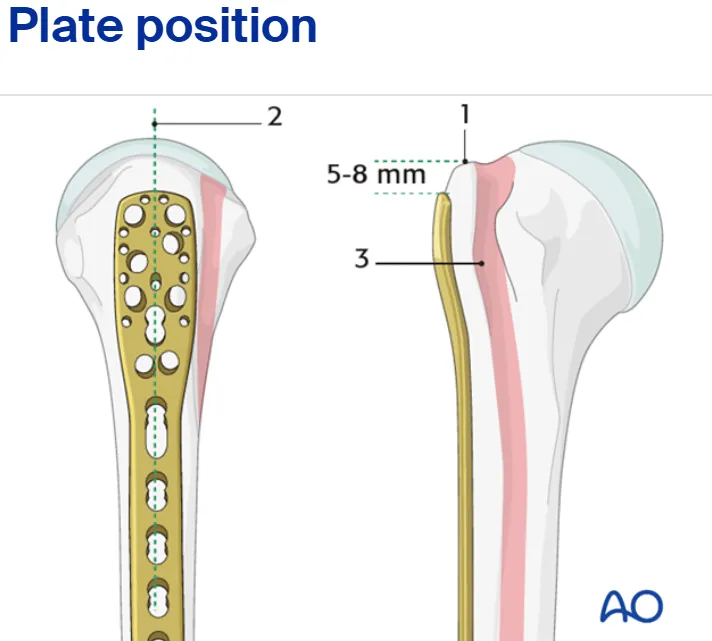
Proximal humeral fractures are very common in orthopedic clinical practice. This article will discuss several major pitfalls that need to be noted in open reduction and internal fixation and intramedullary nailing of proximal humeral fractures, aiming to provide guidance for young orthopedic surgeons to optimize surgical outcomes and reduce postoperative complications. Open reduction and internal […]
For intertrochanteric fractures, PFNA, InterTAN, or Gamma3, how to choose?
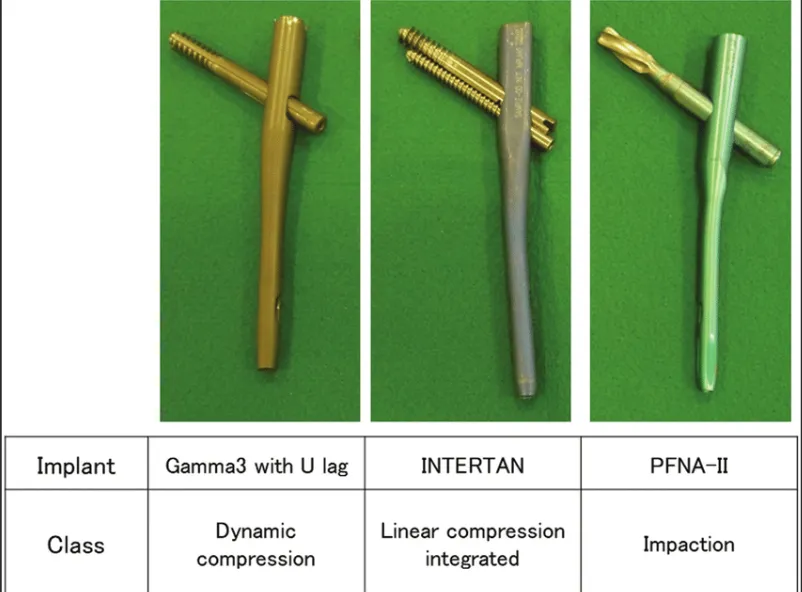
I’ll summarize the key points from these two articles on the treatment of intertrochanteric fractures of the femur, focusing on the comparison between PFNA (Proximal Femoral Nail Antirotation), InterTAN (IT), and Gamma3 nailing systems. 1. Background: o Intertrochanteric fractures are common hip fractures, especially in the elderly population. o They occur between the base of the femoral neck […]
What are the “gold standards” in the diagnosis and treatment of orthopedic diseases?
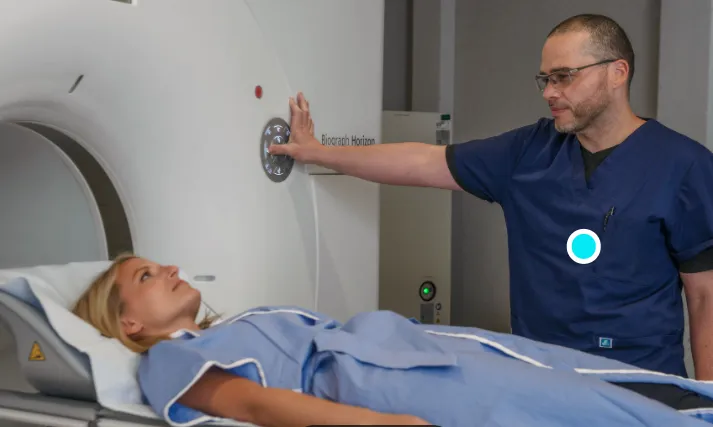
I’ll provide a detailed overview of gold-standard diagnostic and treatment methods in orthopedics, including additional context and emerging trends. Diagnostic Methods: X-rays (Radiographs): Treatment Methods: It’s crucial to note that while these represent current gold standards, the field of orthopedics is rapidly evolving. Emerging technologies like artificial intelligence for diagnosis, 3D printing for custom implants, and advanced […]
Surgical techniques | “Anti-shortening screw” combined with FNS internal fixation for the treatment of femoral neck fractures
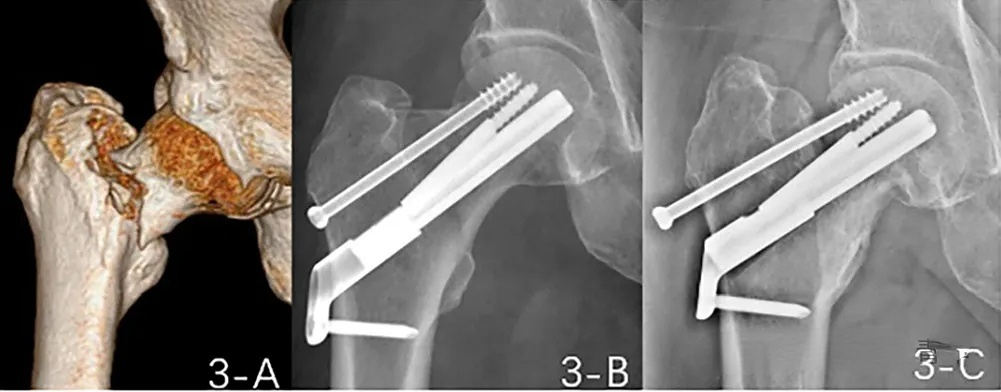
Femoral neck fractures account for 50% of hip fractures. Internal fixation is usually recommended for non-elderly patients with femoral neck fractures, but complications after internal fixation, such as nonunion, femoral head necrosis, and femoral neck shortening, are very common in clinical practice. Currently, many literature studies have focused on how to avoid necrosis after internal […]
What knowledge points should be paid attention to in the surgery of tibial plateau fracture?

General Principles: 1. Patient History: Obtain a detailed history, including mechanism of injury, energy level, and patient-specific factors (e.g., age, bone quality). 2. Comprehensive Examination:Conduct a thorough clinical exam, assessing neurovascular status, range of motion, ligamentous stability, and soft tissue integrity. 3. Advanced Imaging: Utilize X-rays, CT scans, and potentially MRI to fully characterize the fracture pattern, displacement, articular […]
In-depth | Orthopedic Medical Device Industry Market Analysis Report
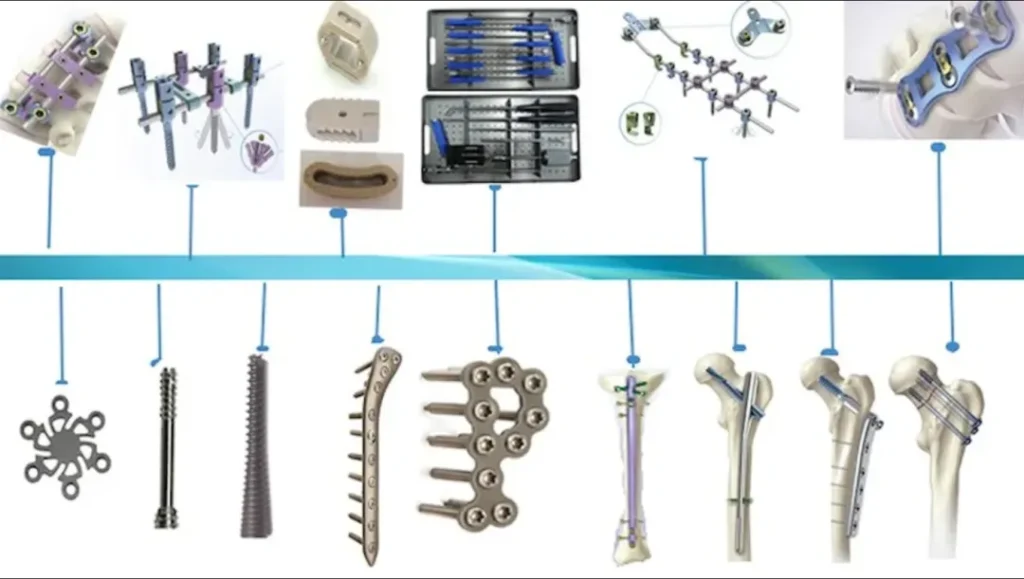
The global orthopedic devices market is estimated at $60.4 billion in 2023 and is expected to grow at a CAGR of 4.3% from 2024 to 2030. Several factors, including the high prevalence of orthopedic diseases, an increasing aging population, a rise in degenerative bone diseases, and a rise in the number of road accidents drive […]

